Our brains are wired for negative thinking -- to look for problems, even when there aren't any, to focus on fear or insecurity or comparison, to be and feel stressed, or angry or frustrated. Our brains have a negativity bias as a core part of our fight or flight responses and for survival. Negativity breeds more negativity, toxicity, and you start crowding out space in your brain for focusing on what works well and then...simply doing more of that thing that's working.
Rick Hanson lays out the science behind the human brain's bias for negativity in "Buddha's Brain: The Practical Neuroscience of Happiness, Love & Wisdom." It's one of my all-time favorite reads -- I like it so much I bought it for my entire team at Facebook and have given it to several friends. Hanson not only addresses the science behind our brain's hard-wiring to see the negative and then talks about the way several traditions have tried to counter-act our brain's hard-wiring to find more peace, happiness, and success. Who wouldn't want more of each of those in their life?
But what about more teams at work that have more peace, happiness and success? The science is the same, and the tools and tricks to counter the negativity bias are many -- some work really well, some are terrible, and some work in the short term without resulting in any real, lasting change.
This is especially important for companies in the tech world where there's the constant focus on problem-solving. I can't tell you the number of times I've heard some variation on the question: "What are we solving for? What's the problem we are trying to fix?"
The problem-solving mentality is fairly analytical, and often leads to clear outcomes. And to be fair, the world has lots of problems that need solving, and sometimes you're in a crisis and need to resolve it.
But if you're focused on longer-term development of your company, sustainability of success and satisfaction among the people at work, and making lasting change the builds on the bottom line and leads to more success, we need to focus on the positive, not the negative. We need to stop focusing so much simply on stopping and solving the problems we have, and start focusing more on doing more of what we're doing that works well and that brings us success and satisfaction.
And we need more tools to counter the brain's negativity-bias at work, just as much as we do in our personal lives. Luckily, there's a good one:
I recently read "The Thin Book of Appreciative Inquiry" by Sue Annie Hammond, which is a great, short read focused on building high-performance cultures by focusing less on what's gone wrong that you need to fix, and more on what's gone right that you need to do more of. Hammond makes the argument for -- and includes several great, practical tips and questions teams can ask themselves in the course of their work to get to -- more emphasis on doing what works well, and recognizing people who have good ideas and do work that results in success.
It got me thinking about how important it is to focus as much on the HOW we assess our work and our successes and failures as on WHAT we find when we do those assessments, post-mortems, and lessons learned sessions. Often how you look for something determines what you find. This isn't to say we only focus on the good and ignore the bad.
But let's not ignore the good, and what works simply because we have built a habit of only looking at the world and our work as a bunch of problems,
Ultimately, a bit more time to reflect, both individually and as a team, on what went right and trying to do more of that, rather than simply diving head-first into each new problem, is a slight shift that results in big changes to the bottom line and satisfaction at work -- and thriving company cultures.
